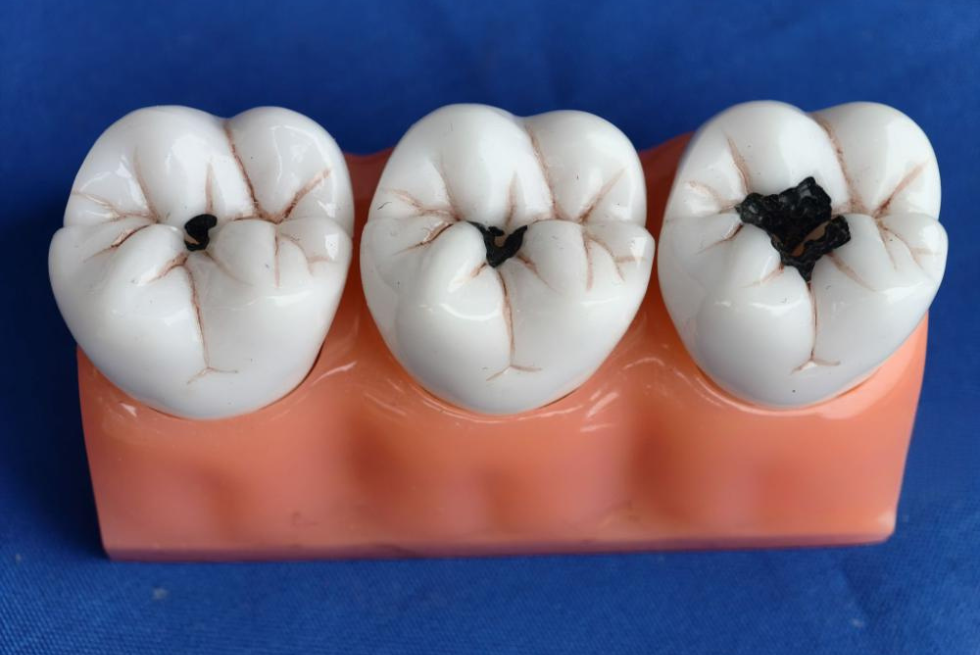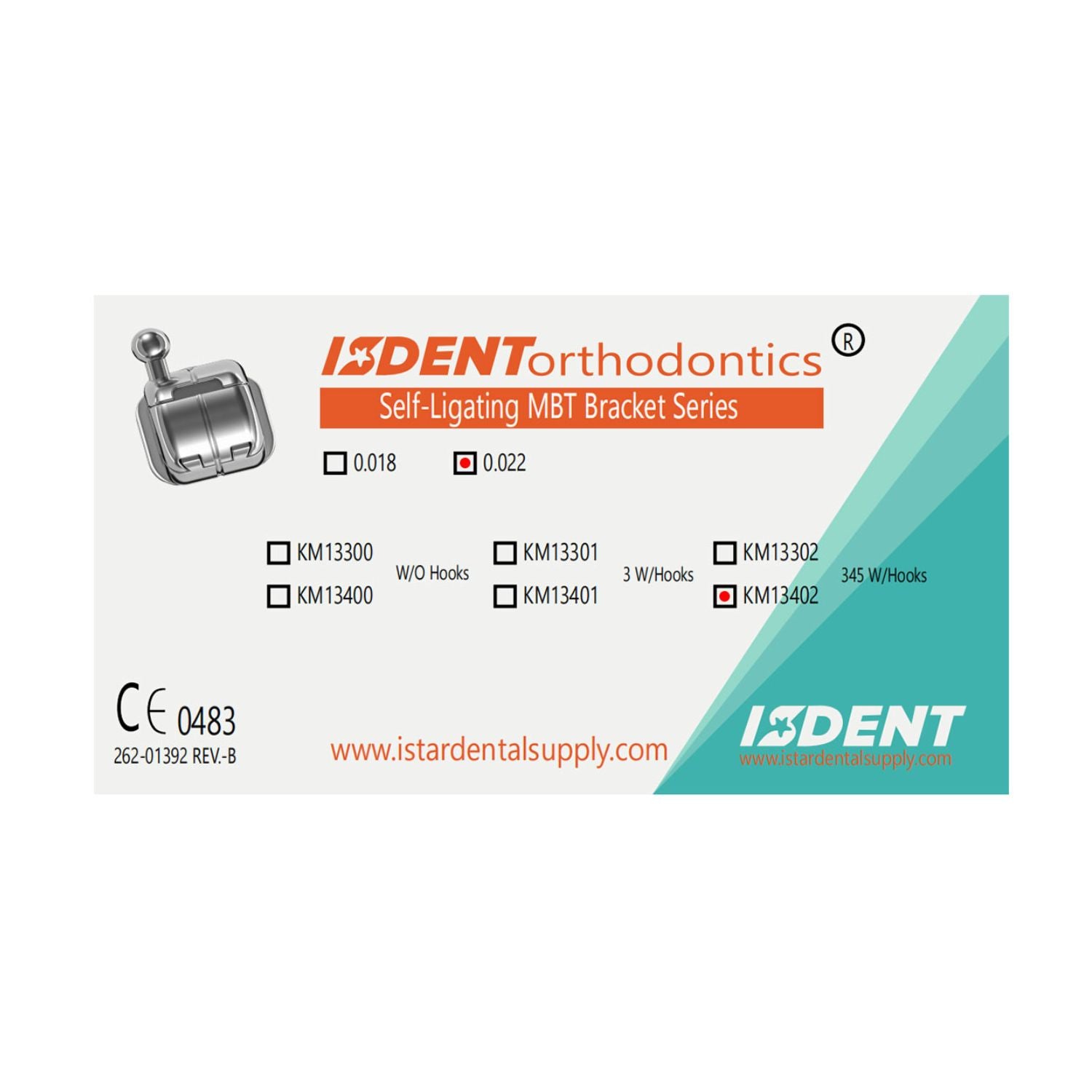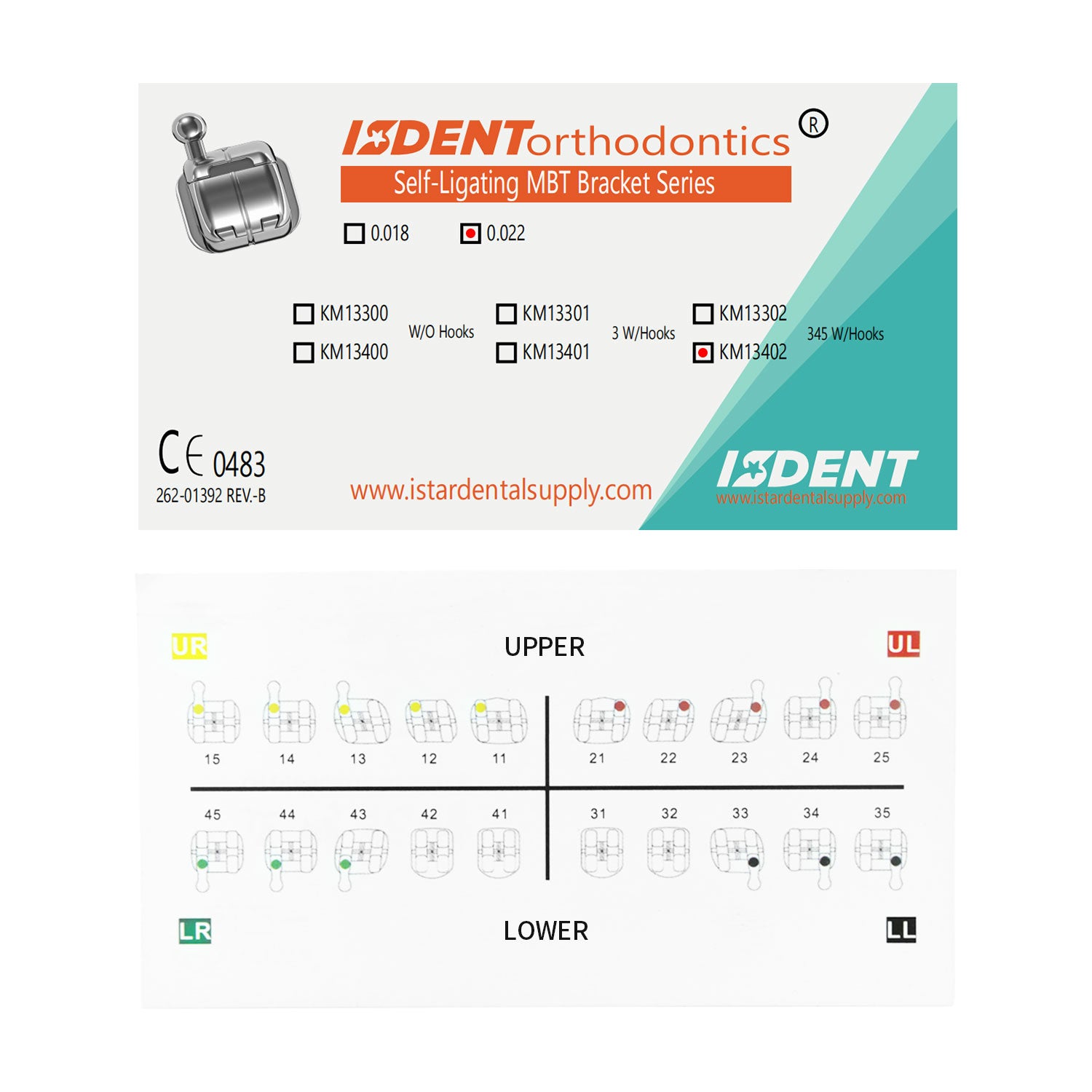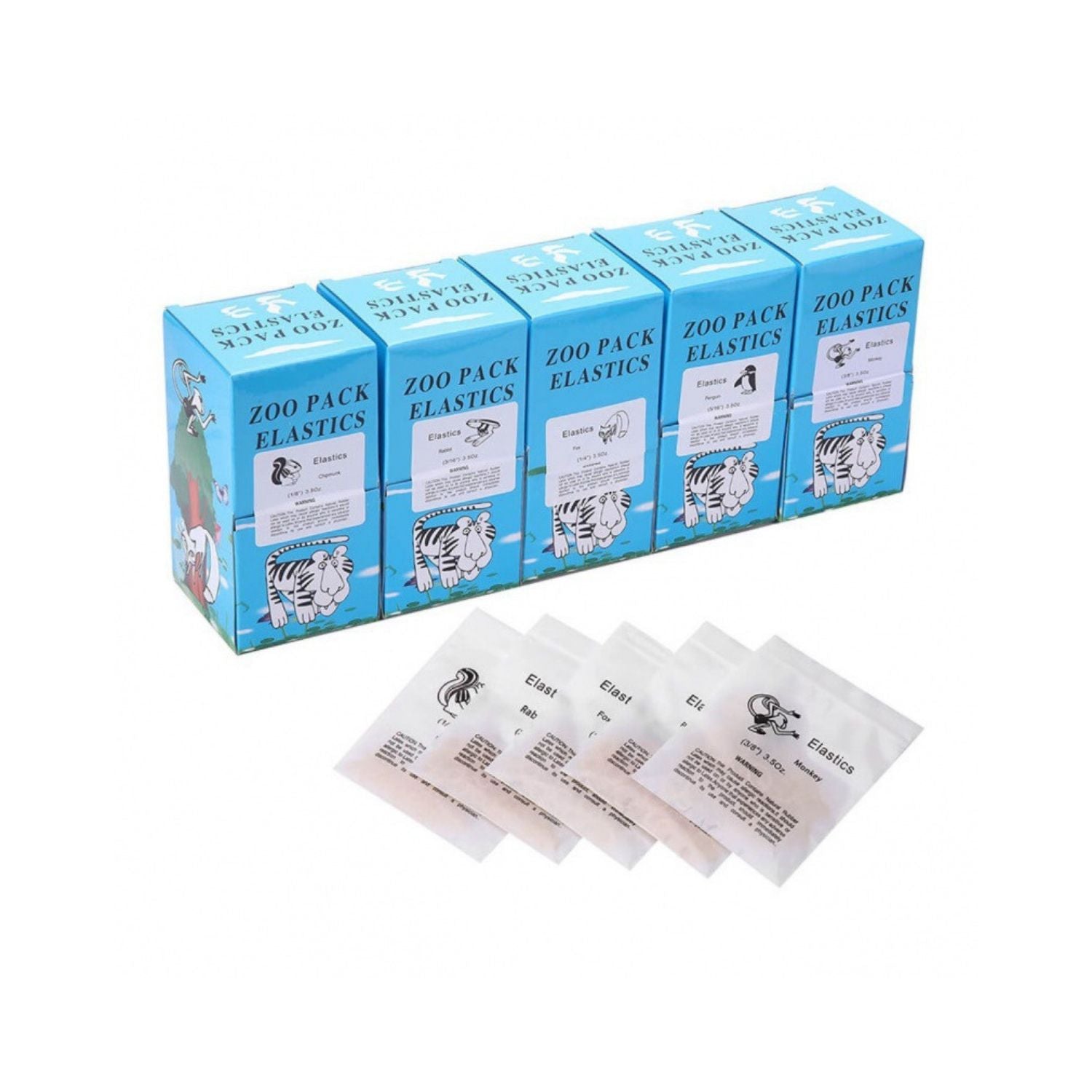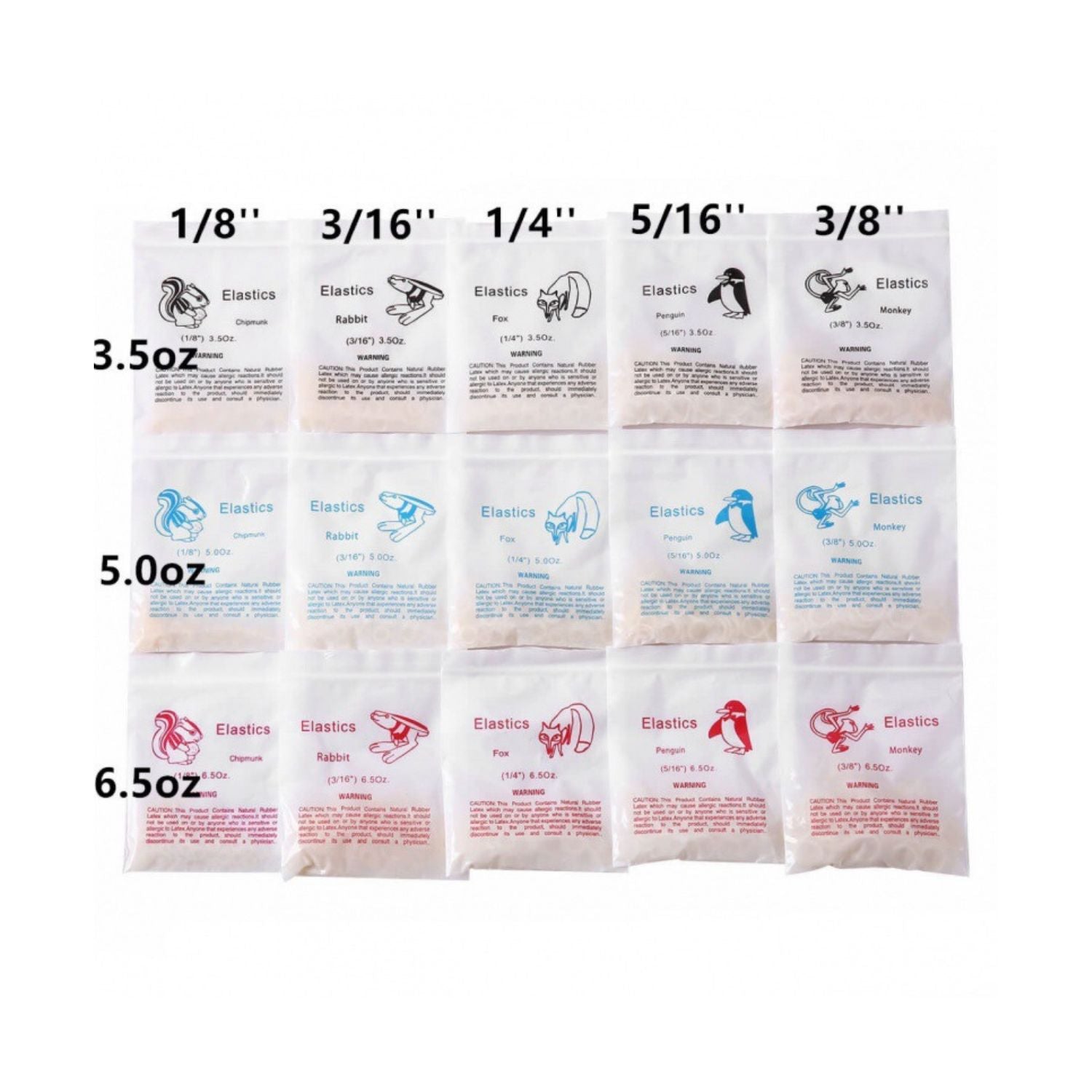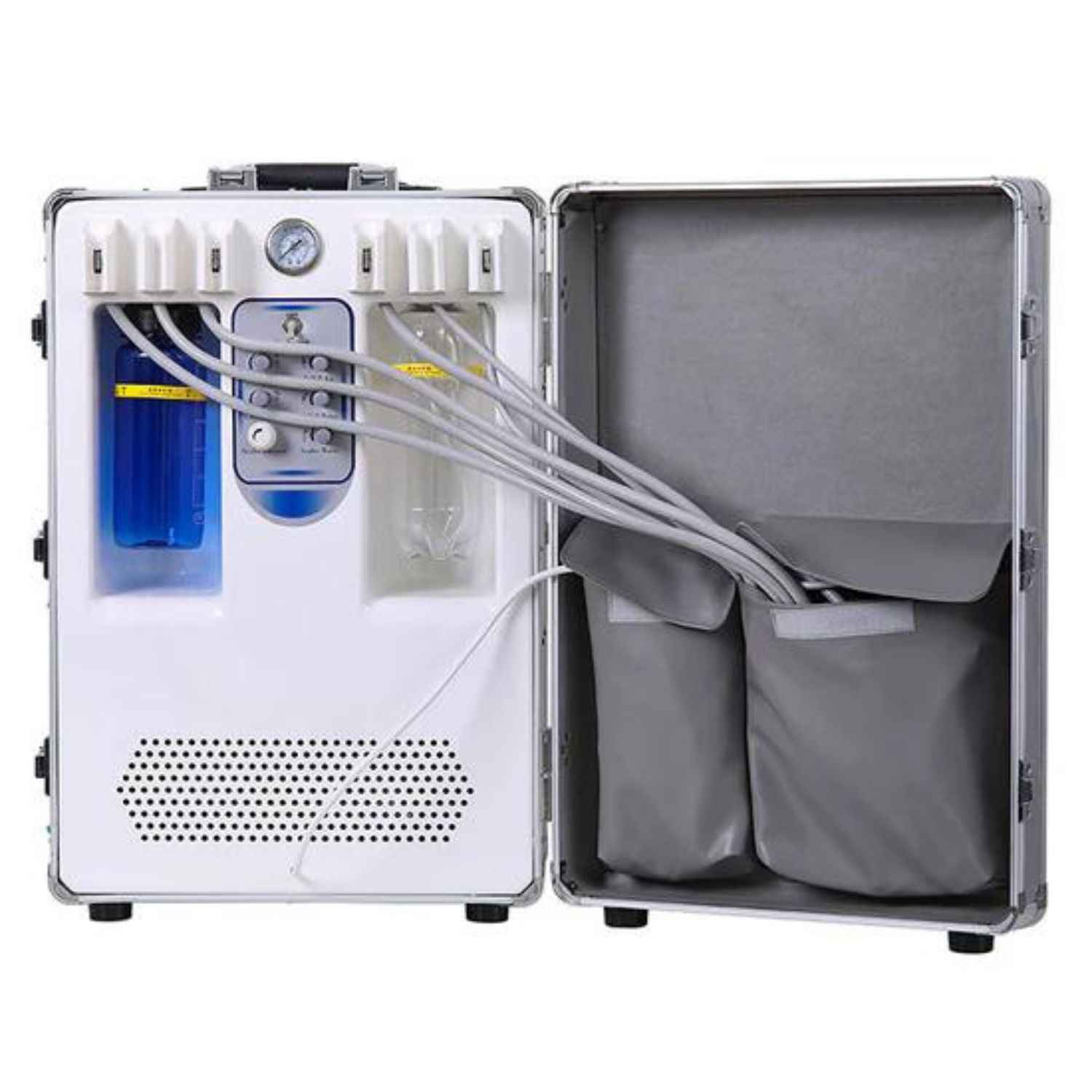How to Get Rid of Cavities: Science-Backed Treatments & Home Remedies
What Are Cavities?
Cavities are small holes that form in your teeth. They happen when bacteria in your mouth make acid that eats away at your tooth. Cavities start small but can grow bigger and deeper if not fixed. The good news is that early action can stop a small cavity from becoming a big problem!
Tooth decay affects almost everyone at some point. The best plan is to catch cavities early when they are easier to fix or even reverse.
Can You Get Rid of Cavities at Home? The Truth
Many people wonder if they can fix cavities without going to the dentist. Here's the simple truth:
Advanced cavities (with big holes or pain) need professional treatment from a dentist.
But there's good news! Early-stage decay can often be reversed through these methods:
Remineralization
This means putting back minerals your tooth has lost. Your teeth can actually heal themselves in the early stages of decay!
- Fluoride – Found in toothpaste and special treatments
- Hydroxyapatite – A mineral that helps rebuild tooth enamel
Diet Changes
What you eat matters for your teeth:
- Low sugar diet – Sugar feeds the bacteria that cause cavities
- High calcium foods – Help strengthen teeth
Antibacterial Practices
Fighting the bad bacteria in your mouth:
- Oil pulling – Swishing oil in your mouth to reduce bacteria
- Xylitol gum – A special sweetener that fights cavity-causing bacteria
Studies show that sugar-free gum with xylitol reduces cavity-causing bacteria by 30–60%. This makes xylitol a helpful tool in fighting tooth decay.
Professional Dental Treatments
When cavities get too big for home care, dentists have several ways to fix them. The treatment you need depends on how bad the cavity is.
Fillings
Fillings are the most common treatment for cavities. The dentist removes the decayed part of your tooth and fills the hole with special material.
There are two main types:
- Composite resin – Tooth-colored fillings that match your teeth
- Amalgam – Silver-colored fillings that are very strong
Research shows composite fillings last 5–7 years and preserve more of your healthy tooth structure than amalgam fillings.
Crowns
For teeth with extensive decay, a crown is like a cap that covers the whole tooth. Crowns protect weak teeth from breaking and restore their shape and function. Your dentist might recommend a crown when a filling isn't enough to fix the problem.
When you need dental equipment for professional treatment, dentists use special tools designed for precise and effective care.
Root Canals
If a cavity reaches the pulp (the center of your tooth with nerves and blood vessels), you might need a root canal. This procedure removes infected pulp and saves the tooth.
Signs you might need a root canal include:
- Severe tooth pain
- Pain when chewing
- Swollen gums
- Darkening of the tooth
Fluoride Varnish/Sealants
These treatments help prevent cavities:
- Fluoride varnish – A professional-strength coating that strengthens teeth
- Sealants – Thin coatings that block bacteria from settling in the grooves of teeth
Did you know? Studies show that 80% of cavities occur in tooth pits and fissures, and sealants reduce this risk by 80% for 2+ years!
Key Insight: Regular Checkups
Seeing your dentist regularly helps catch decay early when it's easier to treat. Most dentists recommend checkups every 6 months.
During checkups, dentists often use intraoral cameras to get a close-up view of your teeth and spot early signs of cavities.
Home Remedies to Slow/Reverse Early Cavities
For early-stage cavities, these home remedies might help slow down decay or even reverse it in some cases:
Hydrogen Peroxide Rinse
Hydrogen peroxide can kill bacteria and help heal gums.
How to use it:
- Mix equal parts hydrogen peroxide and water
- Swish gently for 30 seconds
- Spit out (don't swallow!)
- Use no more than a few times per week
Saltwater Rinses
Salt water is a simple but effective way to reduce bacteria in your mouth.
How to use it:
- Mix 1/2 teaspoon salt in a glass of warm water
- Rinse your mouth for 30 seconds
- Spit out
- Can be used multiple times daily
Xylitol Gum
Xylitol is a natural sweetener that fights cavity-causing bacteria.
How to use it:
- Chew sugar-free gum with xylitol
- Chew for 5 minutes after meals
- Look for gums with xylitol listed as the first ingredient
Research shows xylitol neutralizes acids and can reduce cavity-causing bacteria by 30–60%.
Garlic Paste
Garlic has natural antibacterial properties.
How to use it:
- Crush a garlic clove
- Mix with a little salt
- Apply to the affected area
- Leave for a few minutes, then rinse with warm water
Calcium-Rich Foods
Calcium helps strengthen tooth enamel.
Best foods to eat:
- Cheese
- Yogurt
- Leafy greens
- Almonds
- Milk
Prevention: Stop Cavities Before They Start
The best way to deal with cavities is to prevent them! Here's how:
Brushing
Brush twice daily with fluoride toothpaste. Use a soft-bristled brush and gentle circular motions. Don't forget to brush your tongue too!
Flossing
Floss once daily to remove food and plaque between teeth where your toothbrush can't reach. Flossing prevents both cavities and gum disease.
Many dental professionals use specialized dental loupes to see small areas between teeth that might need extra attention during cleanings.
Diet
What you eat affects your teeth:
- Limit sugar – Candy, soda, and desserts feed cavity-causing bacteria
- Avoid acidic drinks – Soda, sports drinks, and juice can weaken enamel
- Eat fiber-rich foods – Fruits and vegetables help clean teeth
- Choose water – Drinking water washes away food particles
Important fact: High-sugar diets increase cavity risk by 3 times, while fiber-rich diets help reduce plaque buildup!
Hydration
Drinking water throughout the day helps in many ways:
- Washes away food particles
- Dilutes acids
- Increases saliva (which protects teeth)
Tip: Rinse with plain water after meals when you can't brush.
Sealants
Dental sealants are thin plastic coatings applied to the chewing surfaces of back teeth. They're especially good for:
- Children
- Teenagers
- Adults with deep grooves in their teeth
When to See a Dentist Immediately
While some early cavities can be managed at home, certain symptoms mean you should see a dentist right away:
Warning Signs
- Persistent pain – Pain that doesn't go away or keeps coming back
- Visible holes – You can see or feel a hole in your tooth
- Sensitivity – Pain when eating sweet, hot, or cold foods
- Swelling – Puffy gums or face near a painful tooth
Risks of Delaying Treatment
Waiting too long to treat cavities can lead to serious problems:
- Abscesses – Painful infections that can spread
- Tooth loss – Severely decayed teeth may need to be pulled
- Spread of infection – Bacteria can enter your bloodstream
Did you know? Untreated cavities can lead to abscesses with a tooth loss risk up to 90% in severe cases. This shows why early treatment is so important!
For emergency dental care, dentists often use specialized dental equipment and dental handpieces to quickly address painful cavities.
Frequently Asked Questions
Can cavities heal on their own?
Only early-stage enamel decay can potentially heal through remineralization. Once a cavity forms a visible hole, professional treatment is needed.
How to heal cavities without fillings?
Early cavities may be reversed through:
- Fluoride treatments
- Good oral hygiene
- Low-sugar diet
- Calcium and mineral intake
- Regular dental checkups
Is hydrogen peroxide safe for cavities?
Yes, when properly diluted (1:1 with water), hydrogen peroxide can be used short-term. However, long-term use may irritate gums and is not recommended without a dentist's advice.
How long does it take to reverse a cavity?
Early enamel demineralization may begin to reverse in a few weeks with proper care. However, complete remineralization can take several months of consistent care.
Do all cavities need fillings?
No, not all cavities need fillings. Very early cavities (demineralization) can sometimes be reversed with fluoride and good oral care. However, once the cavity has created a hole, a filling is usually necessary.
Comparing Cavity Treatments
| Treatment | Best For | Success Rate | Duration | Cost Range |
|---|---|---|---|---|
| Fluoride Treatments | Early decay, prevention | Reduces cavity risk by 20-40% | Minutes to apply, lasts months | $20-50 |
| Dental Sealants | Prevention, especially in children | Reduces risk by 80% | 15-30 minutes to apply, lasts 2+ years | $30-60 per tooth |
| Composite Fillings | Small to medium cavities | Very high for proper treatment | 30-60 minutes, lasts 5-7 years | $100-300 per tooth |
| Dental Crowns | Extensive decay | Very high | 1-2 visits, lasts 10-15 years | $800-1500 per tooth |
| Root Canals | Deep decay reaching tooth pulp | 85-95% | 1-2 hours, saves tooth permanently | $700-1500 per tooth |
| Oil Pulling (Coconut Oil) | Early decay, prevention | Reduces plaque-causing bacteria by 60% | 10-20 minutes daily | $5-10 for oil |
| Xylitol Gum | Prevention, early remineralization | Reduces bacteria by 30-60% | 5 minutes after meals | $3-5 per pack |
Summary: Key Steps to Fight Cavities
Taking care of your teeth is a daily job that pays off with fewer cavities and dental visits. Here's what to remember:
- Brush twice daily with fluoride toothpaste
- Floss every day to clean between teeth
- Eat low-sugar foods and drink plenty of water
- Visit your dentist twice a year for checkups
- Act quickly if you notice pain or sensitivity
When caught early, cavities are much easier to treat or even reverse. Good habits today mean healthier teeth tomorrow!
For those who need professional dental care, dentists use specialized ultrasonic scalers to thoroughly clean teeth and remove the buildup that leads to cavities.
Remember, your smile is worth protecting! Taking small steps every day helps keep cavities away and your teeth healthy for years to come.

